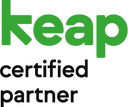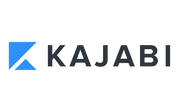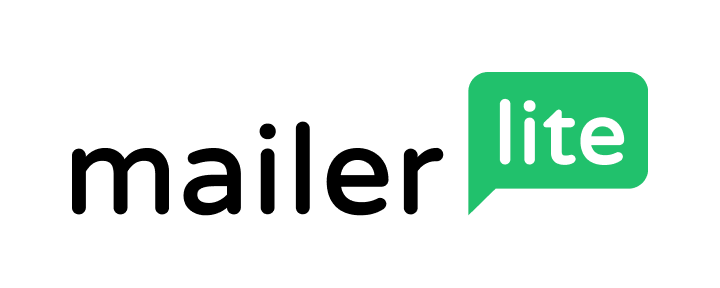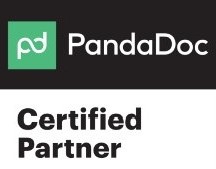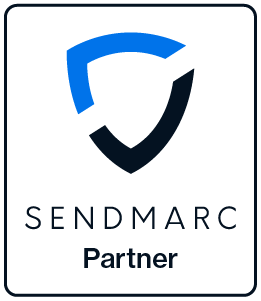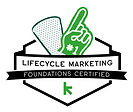Your customers go through a process from the awareness of the need you solve to the actual following through with a purchase. We call this the Buyers Journey or the Customer Journey. There are ways to nudge the buyer forward on this journey and hence increase your conversion rates from clicks to customers. In this article, we will discuss 6 tips on how to optimize the Customer Journey.
1. Define your Ideal Client
To be able to sell anything, you need to understand who your ideal client is and what they are like. We are saying ideal client, as your product is not for everyone. If you are not targeting your communication well, you will not appeal to the person you are trying to sell to well, which reduces the likelihood of them buying from you.
Think about an IDEAL client who is a pleasure to serve and is super happy with your delivery. This is the time when you can choose who you want to have in as customers on the top shelf. Note that this does not mean that you can not take on other customers, but these are the ones that will make your business a breeze and that you WANT to attract.
Defining your target audience is therefore an essential part of creating any customer journey, as you need to know who you are creating the journey for.
You want to describe a semi-fictional representation of our ideal client that describes who they are, how they think, what motivated them to purchase etc. we call this a buyer persona.
Note that you can have more than one ideal client, and it is normal to have different ideal clients for various services and/or products.
2. Create Landing Pages that attract
Now that you know who your ideal clients are, you should be able to create landing pages that speak to them. Landing pages are not the same as your home page. Landing pages are web pages especially targeted to the ideal client for that specific offering.
For example, a landing page for accounting services for a hairdresser can and should be different than a landing page for the construction industry, even if the services are supplied by the same company. Targeting the landing page copy and design will significantly increase the relevancy of what is communicated on the page to the target audience.
We recommend using a landing page builder like Keap to create landing pages easily. In Keap, you have an easy-to-use drag-and-drop landing page builder (no design skills needed and premade templates available). You can also easily copy your existing landing pages to make copies that you can adjust for a different target audience.
Get Keap Pro at 50% off here (no contract required)
3. Make sure you Capture Leads efficiently
If you do not capture your prospects’ contact details, you are leaving money on the table, as there is no chance for you to identify clicks to your website or ads without efficient lead-capturing techniques.
The best way to get someone’s contact details is to offer them something of real value in return. We call these lead magnets, and they are there to attract your ideal client. Ensure that what you give them is relevant to your offering and the problem you solve to attract the right audience. Want more tips on Lead Magnets? Get our eBook on Lead Magnets here.
Use forms on your Landing Pages and your website to capture contact details, and make sure all Landing pages and forms are connected to your CRM system.
We love Keap all-in-one CRM, Sales and Marketing tool for both ourselves and our customers.
Exclusive: Get 50% off Keap Pro
4. Serve content that is appealing to the receiver
Make sure you serve content your lead wants to hear, not just what you want to say.
It is all about the customer you are trying to serve, not about you. Make sure your content reflects that, adds value to the receiver and nurtures a trusting relationship. Trust will lead to increased conversion rates.
If content is king, your audience is the kingdom.
Here are some examples of content you can share with your leads:
- How-to videos
- Success stories
- Customer testimonials.
- Case studies
- Tips and tricks relating to the problem your service or product solves. Do not worry about giving too much information.
- Addressing known purchase objections
- Answering known questions
- FAQs
- Valuable blogs
Research from Conductor shows that consumers who read informative and educational content from a brand before purchase were 131% more likely to convert to customers. So, make sure you serve appealing content.
5. Use email marketing
Email marketing is still one of the best-performing sales channels, and it is incredibly cost-effective. A survey from AWeber in 2020 reports that 79% of survey respondents see email marketing as “Very effective” or “Effective”.
“Think of email marketing as one of the most powerful tools to jump-start your small business and take it to the next level. It’s effective, it’s affordable, and it works.” – Rieva Lesonsky is CEO of GrowBiz Media
The Direct Marketing Association (UK) is in their 2019 Marketer Email Tracker Report reporting a 31% increase in ROI from email marketing and a generally increasing trend. They also report an annual growth of 33% on an email address’s Lifetime value (LTV). That means having an email address on your list is now 33% more valuable for business.
What content you serve will play a big difference in the effectiveness of your email marketing. So it is essential to understand where your potential customer is in their buyer’s journey and serve appropriate content.
Successful email strategies focus on being personal, targeted, and designed with the customers’ objectives and objections in mind.
Want more on email marketing? Read our blog post What you should know about email marketing today.
6. Focus on building Trust, not Selling
Online purchase behavior is affected by the buyer’s trust in your brand. If the person does not trust you, your brand, or that your product will solve a problem, they will not buy from you.
Use every opportunity to build a trusting relationship with your potential client.
Also, know that what others say about your brand has a bigger impact on a buying decision than what you say about yourself.
It would help if you, therefore, focused on getting positive reviews from your customers and also nurture the relationship with your customers after a sale to keep at the top of their minds and motivate them to talk positively about you.
These reviews and mentions will positively affect the buying decisions of new customers, and you can use them as social proof in your own communication.
As many businesses tend to focus mainly on the processes up to a sale, we recommend implementing an automated post-sale follow-up strategy to ensure this is done consistently and with purpose. Keap is one automation tool that you can use for this purpose.
Exclusive: Get 50% off Keap Pro
Putting all the new inspiration into action
The first step to improving your Customer Journey is to have your Customer Journey mapped out and then look for improvement points. Follow the instructions below to start the improvement process.
- Map out your current Customer Journey. Don’t worry if it is not perfect or even non-existent. That is what we aim to improve.
- Write down the activities you are doing at each stage.
- Identify gaps and opportunities.
- Brainstorm which activities you could be doing. Be creative, don’t let budget and time limit you at this stage.
- Prioritize your suggestions. Focus first on filling the gaps where activities are missing along the Customer Journey.
- Implement!
Share via:


